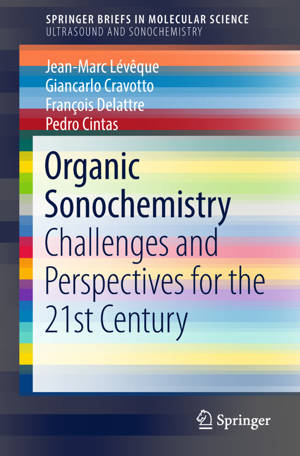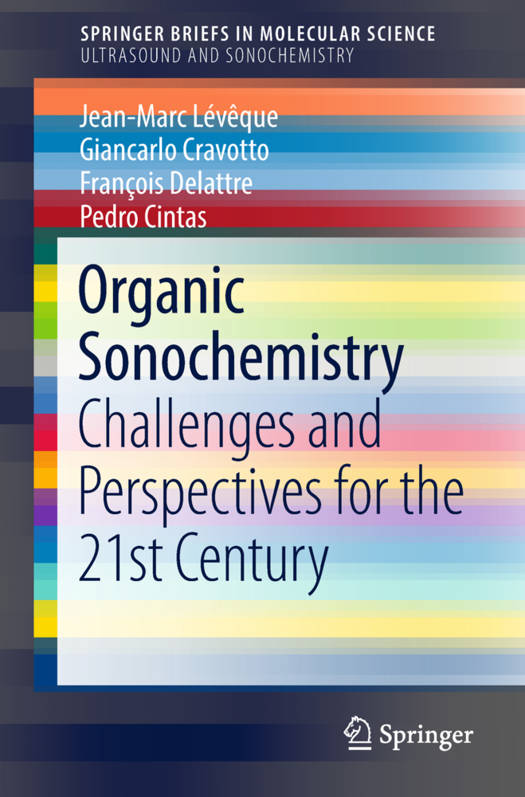
- Afhalen na 1 uur in een winkel met voorraad
- Gratis thuislevering in België vanaf € 30
- Ruim aanbod met 7 miljoen producten
- Afhalen na 1 uur in een winkel met voorraad
- Gratis thuislevering in België vanaf € 30
- Ruim aanbod met 7 miljoen producten
Organic Sonochemistry
Challenges and Perspectives for the 21st Century
Jean-Marc Lévêque, Giancarlo Cravotto, François Delattre, Pedro CintasOmschrijving
While this book does not provide a detailed description of fundamentals, the introductory remarks highlight the importance of cavitational effects and their experimental control. It presents a number of concepts of sonochemical reactivityand empirical rules with pertinent examples, often from classical and recent literature. It then focuses on scenarios of current interest where organic chemistry, and synthesis in particular, may benefit from sonication in terms of both chemical and mechanical activation. The "sustainable corner" of this field is largely exemplified through concepts like atom economy, renewable sources, wasteless syntheses, and benign solvents as reaction media.
This book is useful for both researchers and graduate students, especially those familiar with the field of sonochemistry and applications of ultrasound in general. However, it is also of interest to a broader audience as it discusses the fundamentals, techniques, and experimental skills necessary for scientists wishing to initiate the use of ultrasound in their domain of expertise.
Specificaties
Betrokkenen
- Auteur(s):
- Uitgeverij:
Inhoud
- Aantal bladzijden:
- 123
- Taal:
- Engels
- Reeks:
Eigenschappen
- Productcode (EAN):
- 9783319985534
- Verschijningsdatum:
- 20/10/2018
- Uitvoering:
- Paperback
- Formaat:
- Trade paperback (VS)
- Afmetingen:
- 156 mm x 234 mm
- Gewicht:
- 195 g

Alleen bij Standaard Boekhandel
Beoordelingen
We publiceren alleen reviews die voldoen aan de voorwaarden voor reviews. Bekijk onze voorwaarden voor reviews.











